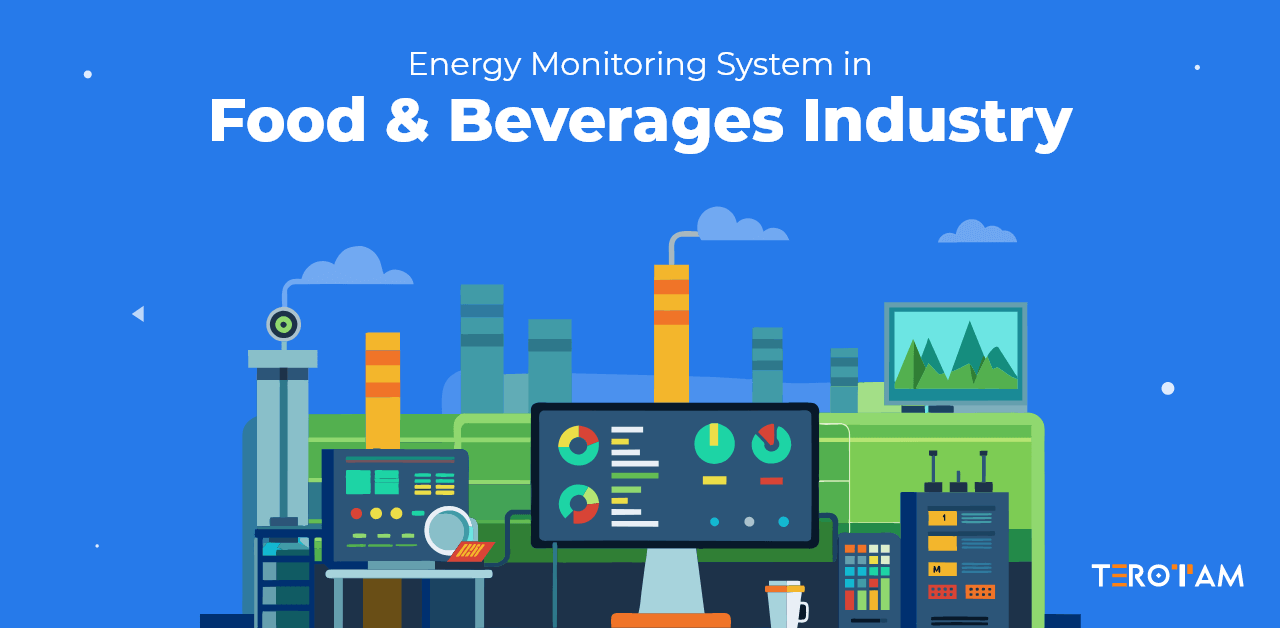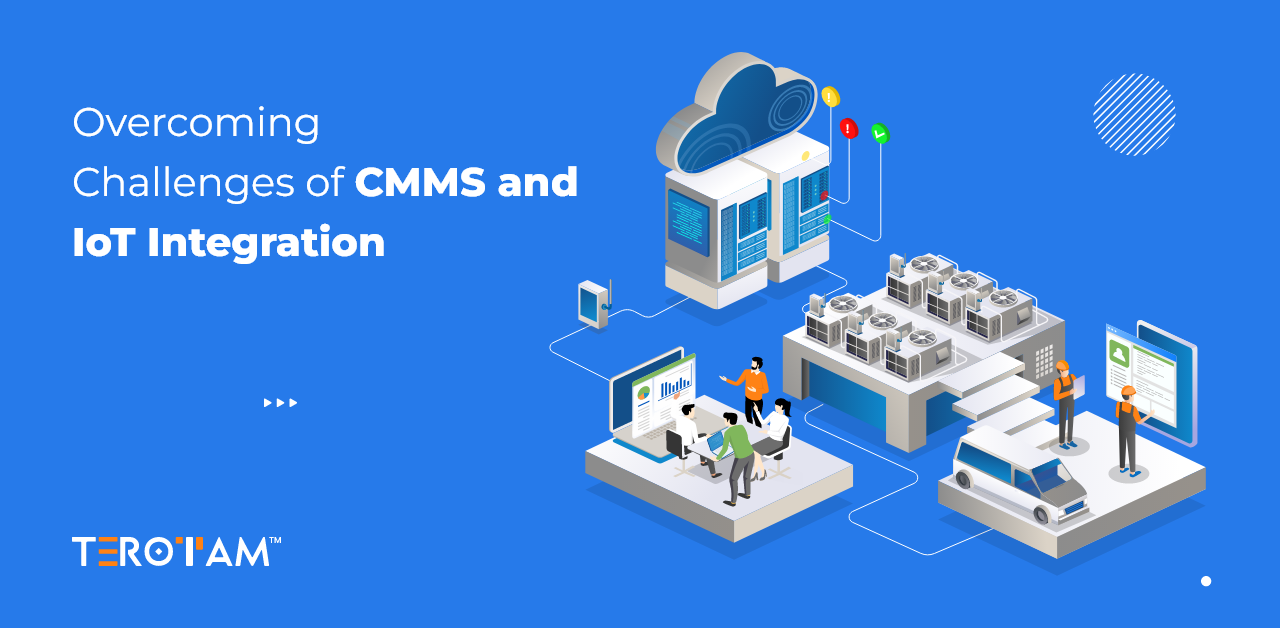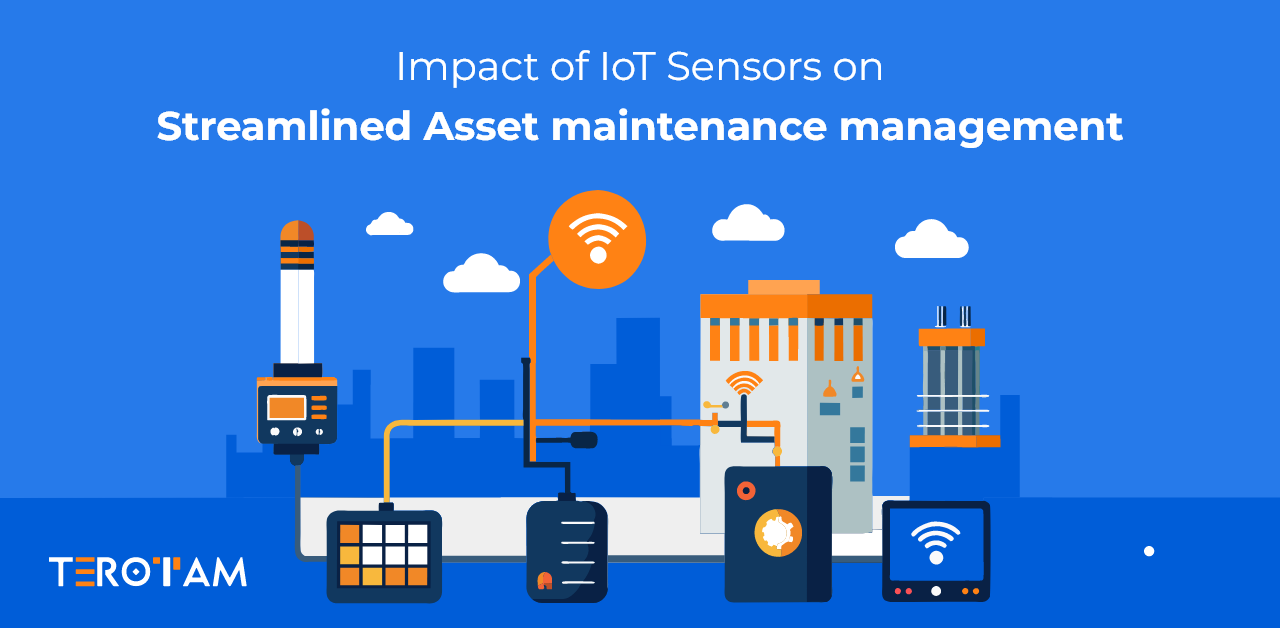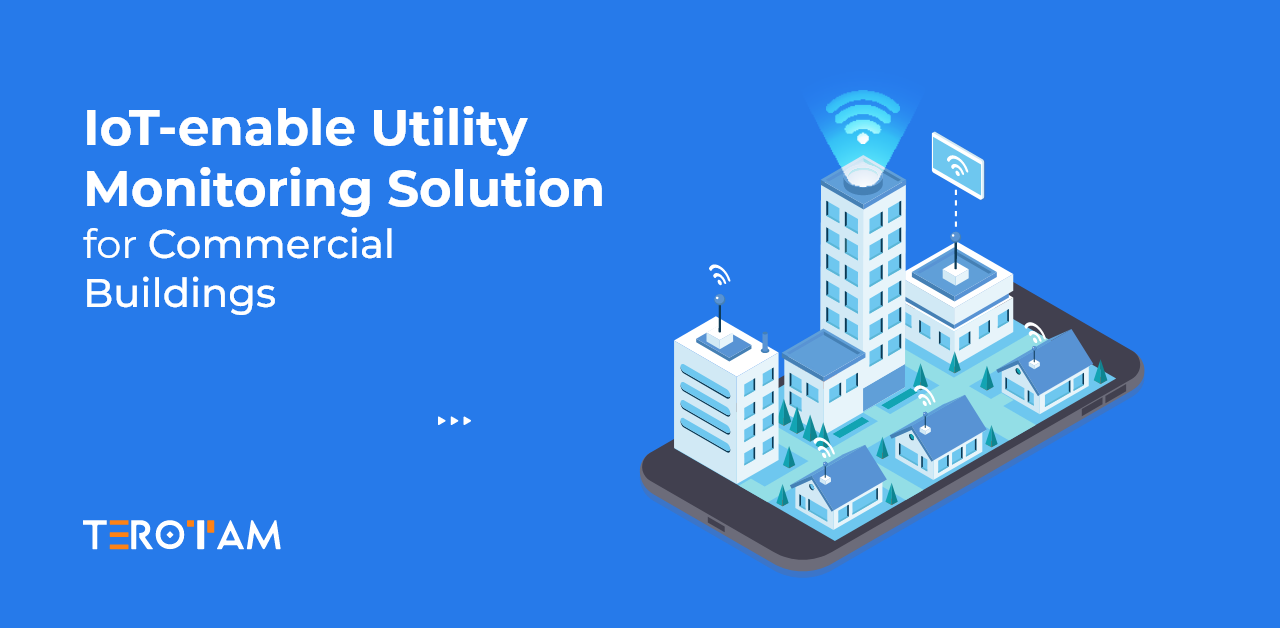The food and beverage industry is getting a high-tech makeover, thanks to the Internet of Things (IoT). One of the standout innovations is the IoT-based energy monitoring system. These systems are not just a nice-to-have; they’re becoming essential for businesses aiming to stay competitive and sustainable.
Impact of IoT Energy Systems on the Food & Beverage Industry
Let’s find out why these systems are so crucial for the Food & Beverages industry.
Boosting Energy Efficiency
Energy bills can be a huge chunk of expenses in the F&B industry. IoT-based energy monitoring systems give you real-time insights into how much energy each part of your operation is using. This means you can spot inefficiencies and fix them on the fly. Just take a thought, knowing exactly when a machine is running when it doesn’t need to be or catching an unexpected spike in energy use before it hits your bill.
Saving Money
Who doesn’t want to cut costs? With IoT energy monitoring, you can reduce waste and keep those energy bills in check. These systems send alerts when something’s off, and they can even predict maintenance needs before something breaks down, saving you from costly repairs and downtime. Plus, they can help you take advantage of variable energy pricing, adjusting your usage when rates are lower.
Keeping Equipment in Top Shape
IoT sensors keep a constant eye on your equipment, providing valuable insights into how it’s performing and when it might need some TLC. This means you can service your machines before they fail, extending their lifespan and avoiding production hiccups. It’s all about keeping things running smoothly and maintaining the quality of your products.
Staying Compliant with Regulations
The Food and Beverage industry has many rules to follow, especially regarding energy use and environmental impact. IoT-based systems make it easier to stay compliant by providing accurate, real-time data. Generating the necessary reports for regulatory bodies becomes a breeze, saving time and reducing the risk of non-compliance.
Going Green
Sustainability is growing beyond just a concept—it’s a priority for many consumers and businesses. IoT energy monitoring systems help you reduce your carbon footprint by optimizing energy use and integrating renewable energy sources. This not only helps the planet but also boosts your brand’s reputation among eco-conscious consumers.
Making Data-Driven Decisions
The data from IoT sensors is a goldmine. Analyzing this data can reveal patterns and trends in your energy usage, helping you make smarter decisions about improving processes, investing in new equipment, and managing energy. It’s all about using analytics to continuously refine and enhance your operations.
Enhancing Transparency and Accountability
Real-time monitoring and reporting provide a clear picture of energy use across your organization. This transparency ensures that everyone, from floor managers to executives, is on the same page. It fosters a culture of accountability and continuous improvement, driving overall business performance.
How the Food & Beverages Industry Can Implement IoT-Based Energy Monitoring with CMMS?
- Assess Energy Usage Needs: Evaluate current energy usage, focusing on machinery and energy-intensive equipment.
- Choose the Right Solutions: Select IoT and CMMS systems that integrate seamlessly, offering real-time data and predictive analytics.
- Install IoT Sensors: Deploy sensors on critical equipment and throughout the facility to collect comprehensive data.
- Integrate IoT Data with CMMS: Ensure seamless integration for centralized data management and actionable insights.
- Train Staff: Educate the team on using IoT and CMMS, covering data interpretation and maintenance scheduling.
- Monitor and Optimize: Continuously use data to make informed decisions and optimize energy usage.
Wrapping it up,
At TeroTAM CMMS, we help transform your food and beverage business with integrated IoT-based energy monitoring, optimizing energy use, reducing costs, and ensuring regulatory compliance.








